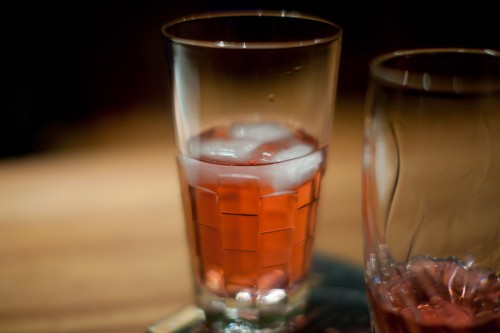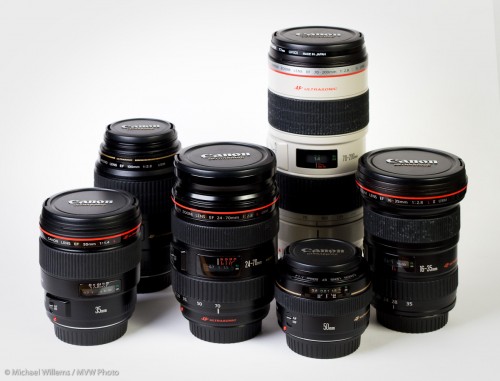As regular readers will have read yesterday, I just bought a 50mm f/1.2 L lens.
As some here have mentioned, this lens is not known for being the very sharpest at wide open apertures. It is also not known for being one of the cheapest: you can buy an f/1.8 lens for $120, so why spend $1,800 on a f/1.2 lens? Especially a prime lens- meaning not a convenient “10-500mm” zoom lens?
Because:
- It is yet another bit faster (meaning, lets in more light) than the f/1.4. A third of a stop more. And as you saw in my post of two days ago, that is important: every little bit helps.
- And it allows me to blur the background even more.
- And it gives me beautiful bokeh when used wide open.
Here’s an f/1.2 snap:
…and another one, showing nice blurry background:
Of course even at smaller apertures, like f/2.8, you can get a nice blurred background:
But wide open you get this wonderful soft bokeh (the nature of the blur):
And that is why I am happy to invest in this type of lens.
Plus unlike a camera, a lens keeps its value. A lens’s value depends on the intrinsic value of the optical glass, so it is great.
So when people ask me “should I spend money on a lens or on a new camera”, well – you know they are both great and useful and fun. So either decision is good. But lenses are more important to your photos, and they keep their value, so do not ever feel bad about purchasing a great lens.









